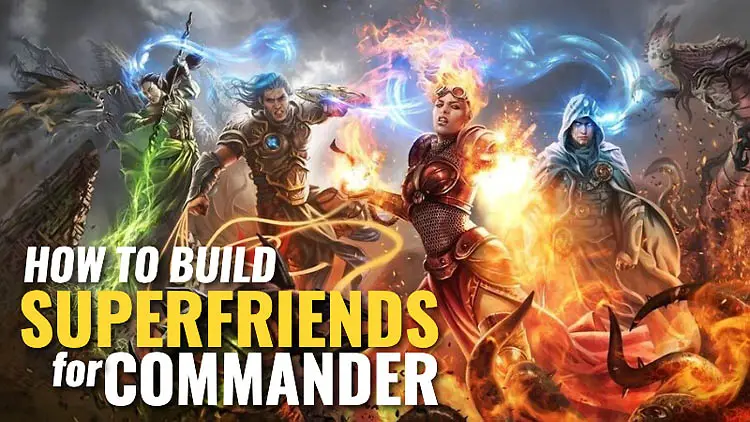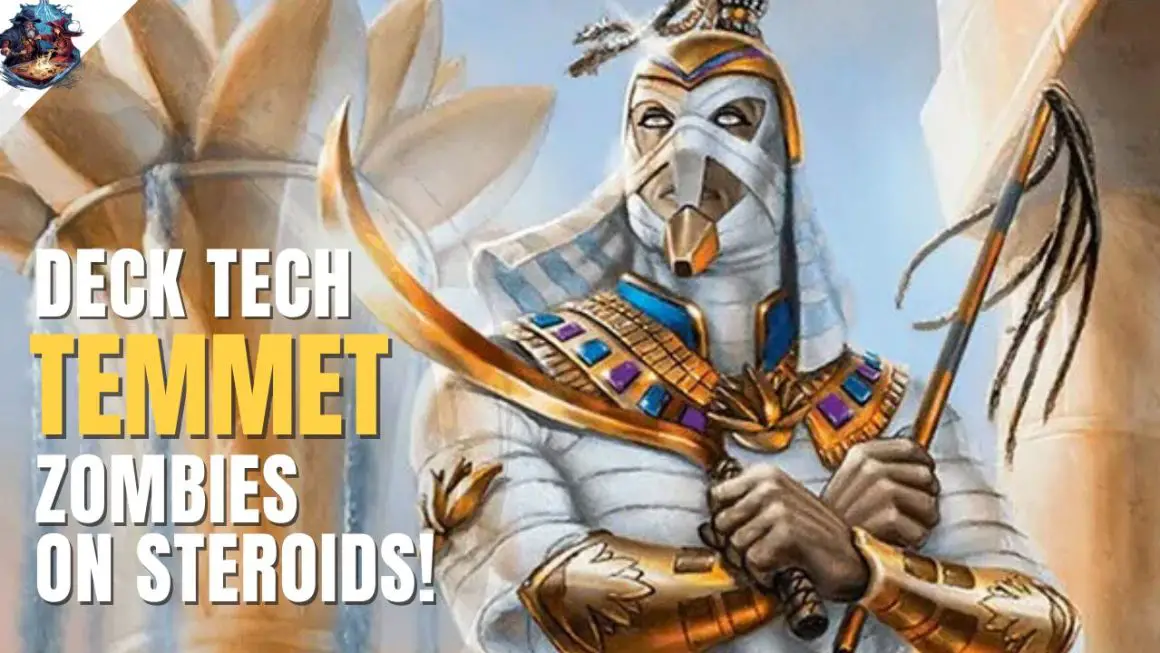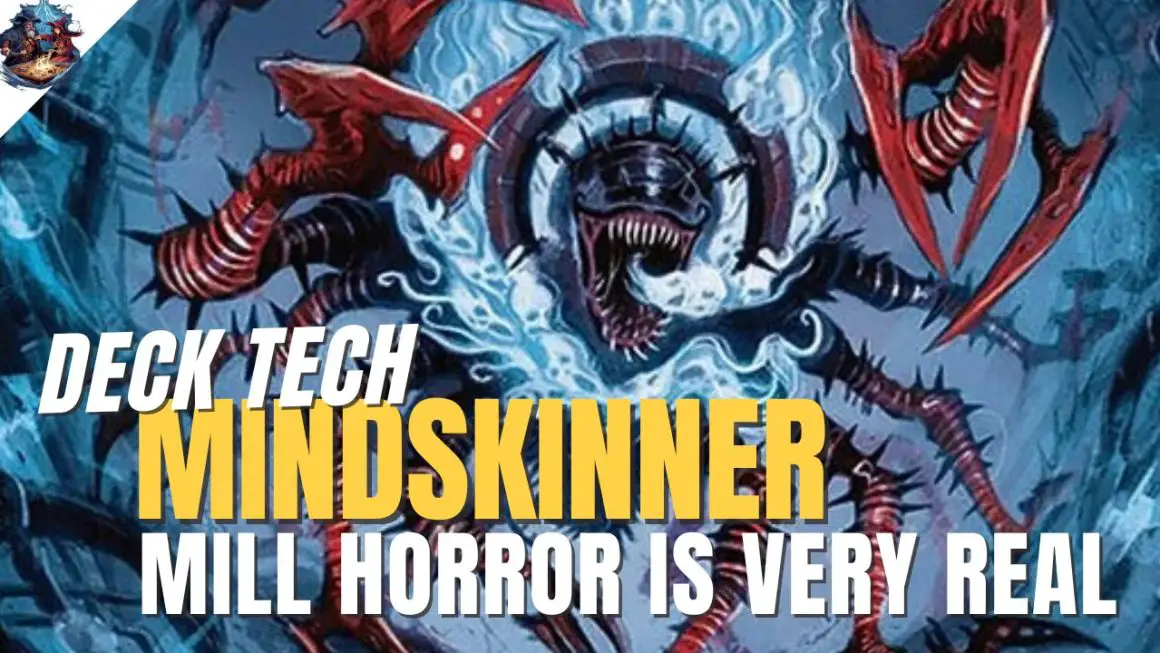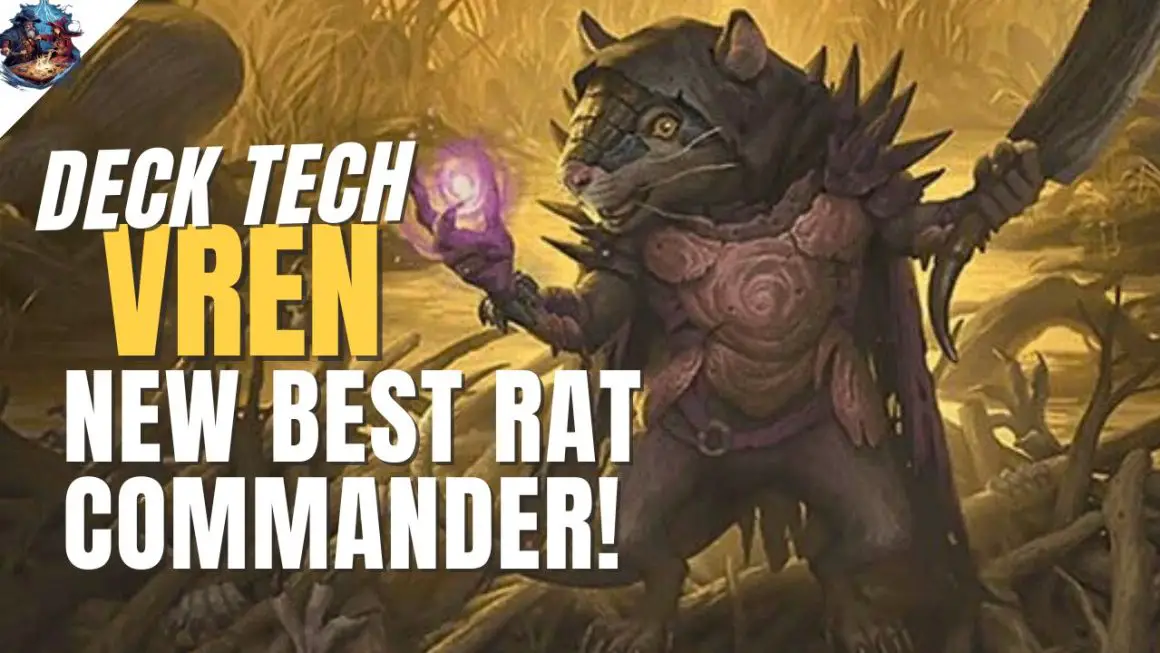I remember coming across the Planeswalker card type not too long after I started playing Magic and marvelling at the sheer flexibility and power that they brought to the table. After putting a planeswalker or two into my other decks, I naturally evolved into “that guy” – the one at every Commander/EDH table fiddling with his dice and taking 10 minutes every turn, just trying to remember all the interactions between all his cards and Planeswalkers.
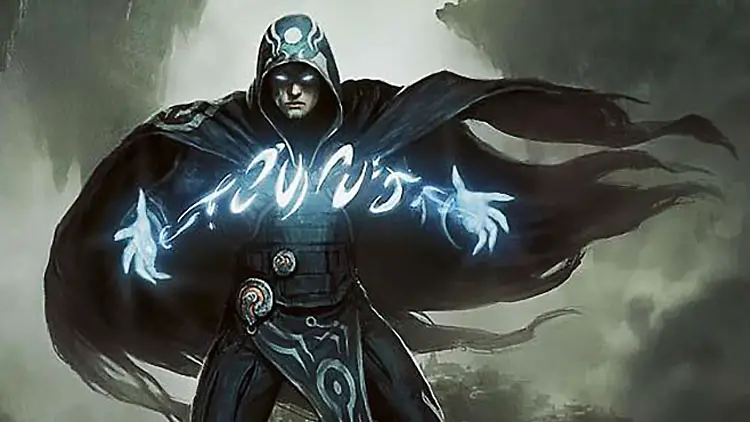
Thankfully, my friends didn’t mind too much.
At the point where I started though, I didn’t win a lot – I was just having fun trying to figure out how to build into the flashiest, Johnny-est win I could wrangle. After a few games I realised that my powerful cards weren’t really winning me the game very often, so I started to do my research into making a Superfriends strategy work in Commander!
I’ll be sharing some of the concepts and strategies that have worked for me over the years, and hopefully help some new players enjoy this amazing card type as much as I have!
War of the Spark – The Game Changer
The War of the Spark expansion in 2019 was one of the most exciting sets ever released and my personal favourite – simply because of the sheer number of Planeswalkers introduced in it! It also served as the final conclusion to the Gatewatch/Bolas storyline.
Most importantly, however, was the introduction of static/passive abilities on Planeswalkers. Previously, Planeswalkers only had Loyalty abilities which required activation costs: either adding or removing Loyalty counters from them.
With static abilities, planeswalkers can now have an immense impact on the game just by being on the field! This has since paved the way for more Planeswalkers with static abilities in more recent sets, and it seems like it’s here to stay.
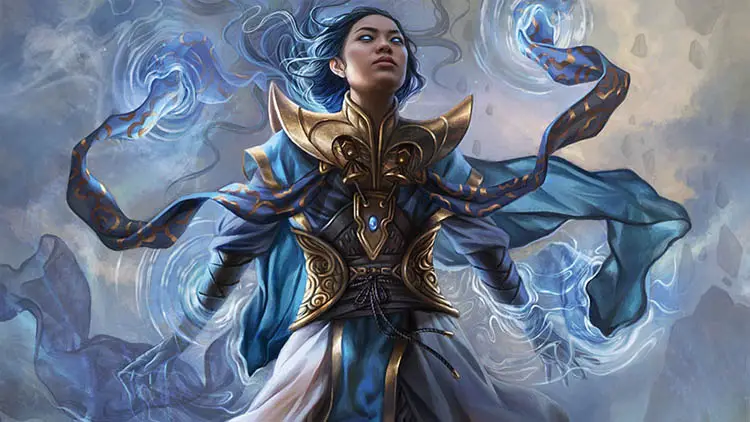
The most powerful of the lot from War of the Spark are undoubtedly Narset, Parter of Veils, Ashiok, Dream Render and Teferi, Time Raveler. Their static abilities are highly relevant in every format they can be played in, and their loyalty abilities are no slouch either!
The fact that they lack ultimate abilities doesn’t even matter – these cards are an unquestioned inclusion in any deck as long as the colour identity allows due to how generic yet impactful their abilities are. It is a testament to their strength that Narset is restricted in Vintage format, while Teferi, Time Raveler was once banned in Standard and is now banned in Pioneer.
Key Cards, Concepts & Strategies
The most important thing to remember about Planeswalkers is that they are extremely fragile permanents on the board. For most other permanents, your opponent needs to spend a removal spell to get rid of it, and if it’s a creature it can be destroyed in combat. Planeswalkers can not only be destroyed via removal spells but can also be removed by attacking them. They have no natural way of protecting themselves, and have no power value, meaning they can’t even trade with the creature attacking them.
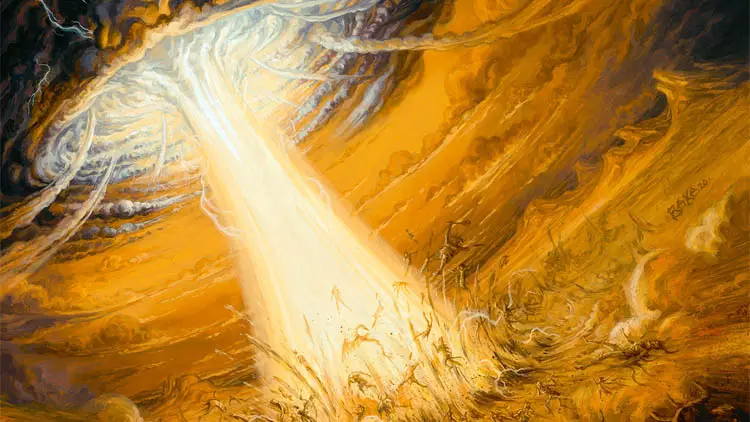
This means that planeswalkers with abilities that provide some protection for themselves would be able to survive for longer. Cards such as Gideon, Ally of Zendikar or Ashiok, Nightmare Muse are able to create tokens to protect themselves. Other planeswalkers, such as Elspeth, Sun’s Champion or Nicol Bolas, Planeswalker, are able to remove creatures from the board to hopefully delay their own destruction.
In Commander, though, you can expect a certain amount of evasive creatures to be played, so this land-bound defense strategy may not always work. Removal may also not work all the time, since there are usually 2-3 other players at the table who may not like your powerful ally staying on the board too long.
Keep enemy creatures back
This leads us to our first strategy – mass removal. Can’t attack my Jace, Architect of Thought if you don’t have any creatures! Board wipes such as Wrath of God, and Blasphemous Act are excellent at keeping the creatures away and our planeswalkers on the board. This would mean that we wouldn’t be able to keep any creatures of our own most of the time, though, so utilise this strategy with care, or play a Commander like Sliver Hivelord that simply lives through most board wipes! You can also consider cards like Decree of Annihilation or Jokulhaups, which are old cards that specifically do not affect Planeswalkers, but remove all other types of cards from the game.
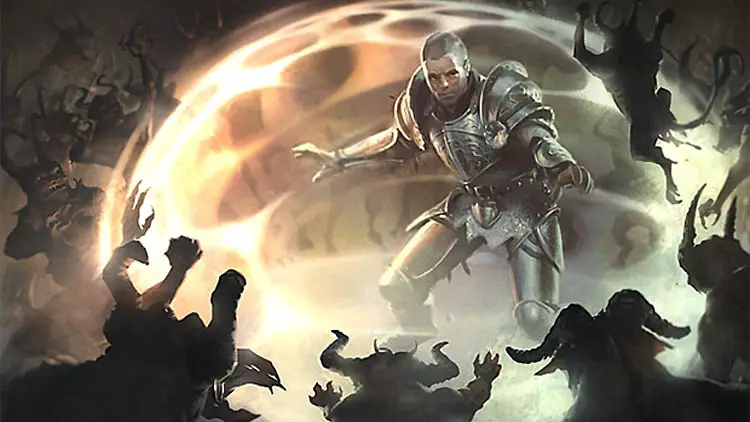
As a subset of this, you can also consider defensive cards like Norn’s Annex and Sphere of Safety that extend their protection to Planeswalkers, forcing opponents to pay mana in order to attack your creatures. While their creatures do stay on the board, can be hard to develop a board while also paying for the cost of attacking through these effects every turn.
Getting even more value from Planeswalkers
The next thing to note about planeswalkers is that while their abilities can be game changing, they can only be used once per turn, and only during your turn. This means you need to wait for 3 other players to finish their turns before you can get to use your planeswalker again, and who knows what might happen to them in that time?
To improve their output, you can use cards like Oath of Teferi and The Chain Veil that allow you to activate planeswalker abilities an additional time during your turn. While Oath of Teferi might seem better than The Chain Veil at first glance, cards like Tezzeret the Seeker and Ral Zarek can help you potentially get even more The Chain Veil activations in a single turn, which lets you fire off multiple loyalty abilities repeatedly – even an infinite amount of times with the right cards!
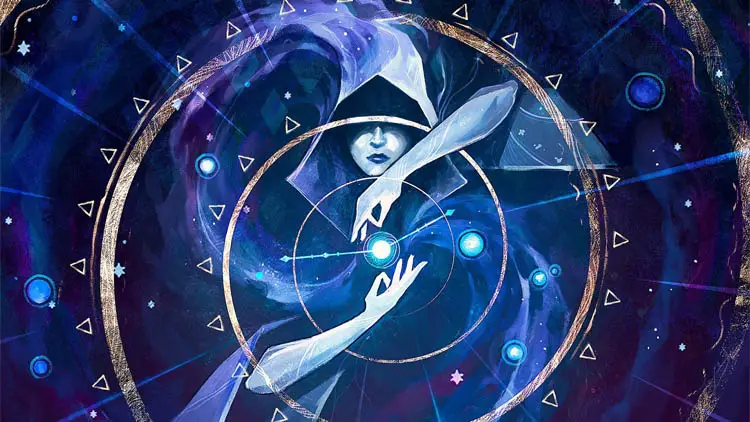
Cards that give you extra turns, such as Temporal Mastery and Time Warp, work amazingly with Planeswalkers as well since they net you additional activations.
Proliferate is also an interesting subset of this idea that can be explored. Proliferate allows you to add additional counters of an existing type on any permanent or player, which means you can grow planeswalker loyalty with this! Inexorable Tide and Contagion Engine are some of the best cards with repeatable proliferate abilities, and cards like Tezzeret’s Gambit can provide a one-off boost to your planeswalker loyalty count.
Which Planeswalkers to put in your deck?
Planeswalkers’ “ultimate” ability (the last, most expensive one) tend to be extremely powerful, and can win games all on their own. Because of that, you may be tempted to assess a planeswalker card and include it in your deck simply because of how powerful their ultimate is. There may be ways to gain additional loyalty very quickly to gain access to the ultimate, but usually this requires you to assemble a combination of cards mentioned above, so such a strategy may be difficult to pull off.
What this means is that you should include Planeswalkers based off of their other loyalty abilities, rather than their ultimate! Most planeswalker ultimates will win you games anyway, so it shouldn’t matter as much as making sure their other loyalty abilities are powerful enough to warrant inclusion.
That doesn’t mean we ignore the ultimates entirely, though! When I built my first superfriends deck, the most coveted card for this strategy was Doubling Season. It allowes planeswalkers to enter the battlefield with double their starting Loyalty, which meant that some Planeswalkers have instant access to their ultimates. This wasn’t very consistent to build around then, but Deepglow Skate and more recently Vorinclex, Monstrous Raider were printed! All of these cards can double your planeswalker’s starting loyalty, and you can be sure your opponents will be looking to counter these cards when you cast them so be sure you’re prepared for that!
The popular Commanders to support “superfriends”
The most popular general for a superfriends is definitely Atraxa, Praetor’s Voice, by a long shot. Atraxa is a powerful 4/4 body with relevant keywords and lets you proliferate at the end of your turn. She acts simultaneously as a bodyguard, and a somewhat slow way to grow your Planeswalkers loyalty counters.
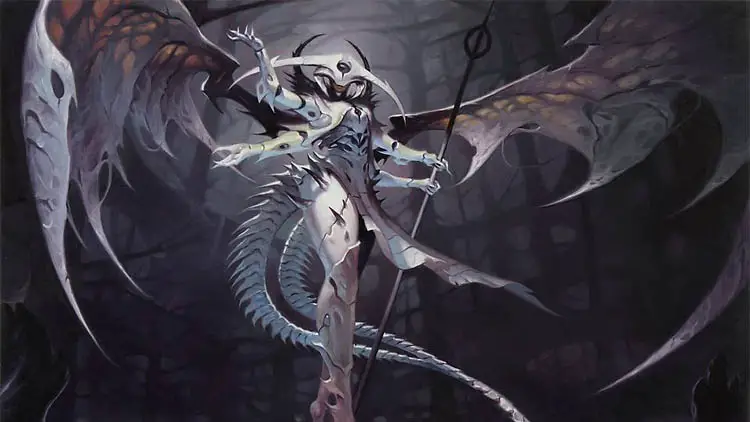
Her colour identity also opens up amazing options – she has access to all three of the War of the Spark game-changing Planeswalkers I mentioned above, and also to other powerhouses like Oko, Thief of Crowns and Tamiyo, Field Researcher. These colours also give you access to the best removal spells in the game, the best card draw in the game, the best tutors in the game, the best land ramp in the game, and even to blue for the coveted counter magic!
If you’re hungry for more colors, Sisay, Weatherlight Captain and Esika, God of the Tree are five-colour Commanders that synergise with the superfriends strategy. Sisay lets you tutor any Planeswalker directly to the battlefield as long as you meet the conditions, and The Prismatic Bridge (the back face of Esika) guarantees you one planeswalker every upkeep!
4 and 5 color mana bases can be expensive to optimise, so if you’re looking to build on a bit of a budget, these other Commanders such as Pir, Imaginative Rascal + Toothy, Imaginary Friend, Carth the Lion, Mila, Crafty Companion, Will Kenrith + Rowan Kenrith, and Djeru, With Eyes Open are all worthy choices!
There are also some interesting choices in Jeskai (white, blue and red) colours! Narset, Enlightened Master lets you cast noncreature cards exiled with her attack trigger ability for free, and Kykar, Wind’s Fury creates blockers for your Planeswalkers every time you cast one.
The End Step
From my experience, Doubling Season strategies tend to win the most when playing a superfriends deck, so if you’re looking to win often with this strategy, you’ll definitely want to pick up a copy. Extra turn strategies also perform very well, especially with cards like Expropriate or Nexus of Fate. These strategies tend to mean that your planeswalker choices become a bit more narrow and you’ll probably play less Planeswalkers in your deck overall, but the deck becomes far more effective as a result.
After that, the next most effective would be the board wipe route, but make sure your opponents are aware of what you’re doing – some might not take too kindly to having their board swept every turn!
I strongly suggest trying out all the different strategies to see which fits your tastes the most! (Personally, the most memorable games for me have been when I could cast Genesis Wave for 10+ and get a bunch of high-cost Planeswalkers out onto the field in a single turn, even though they might die in a turn. To each their own!)

